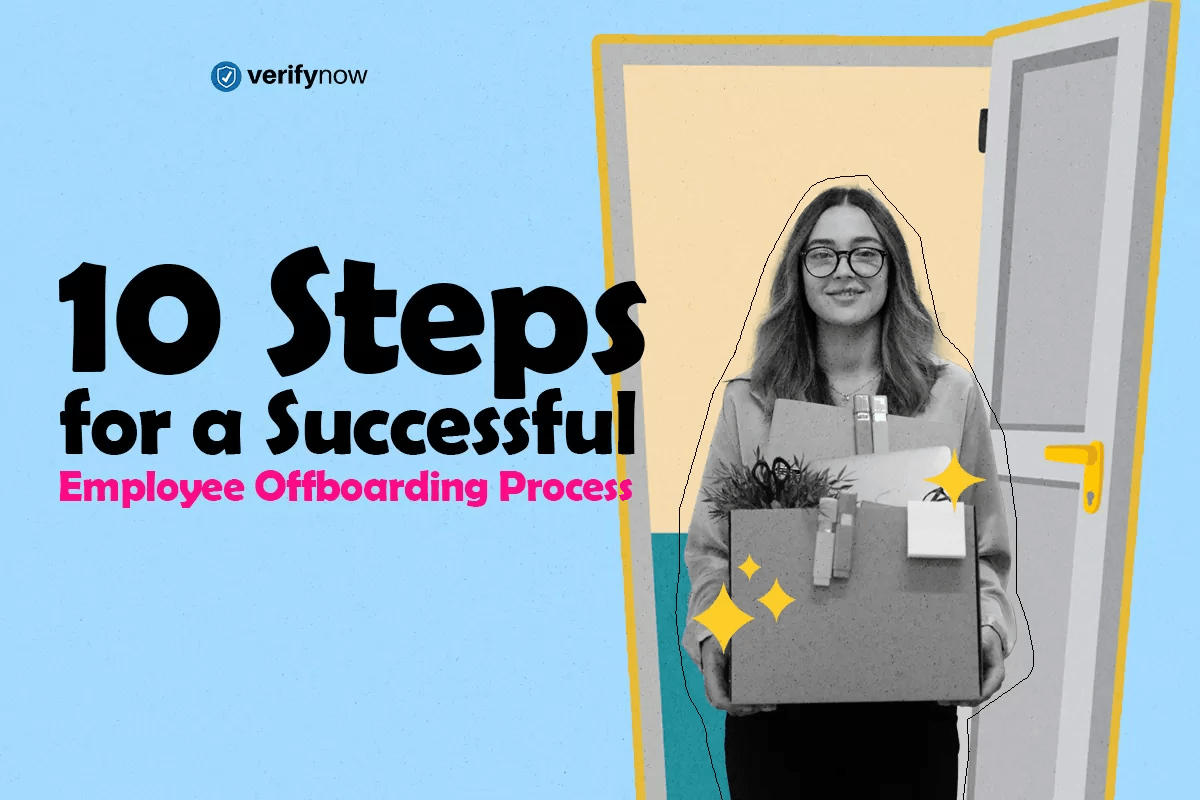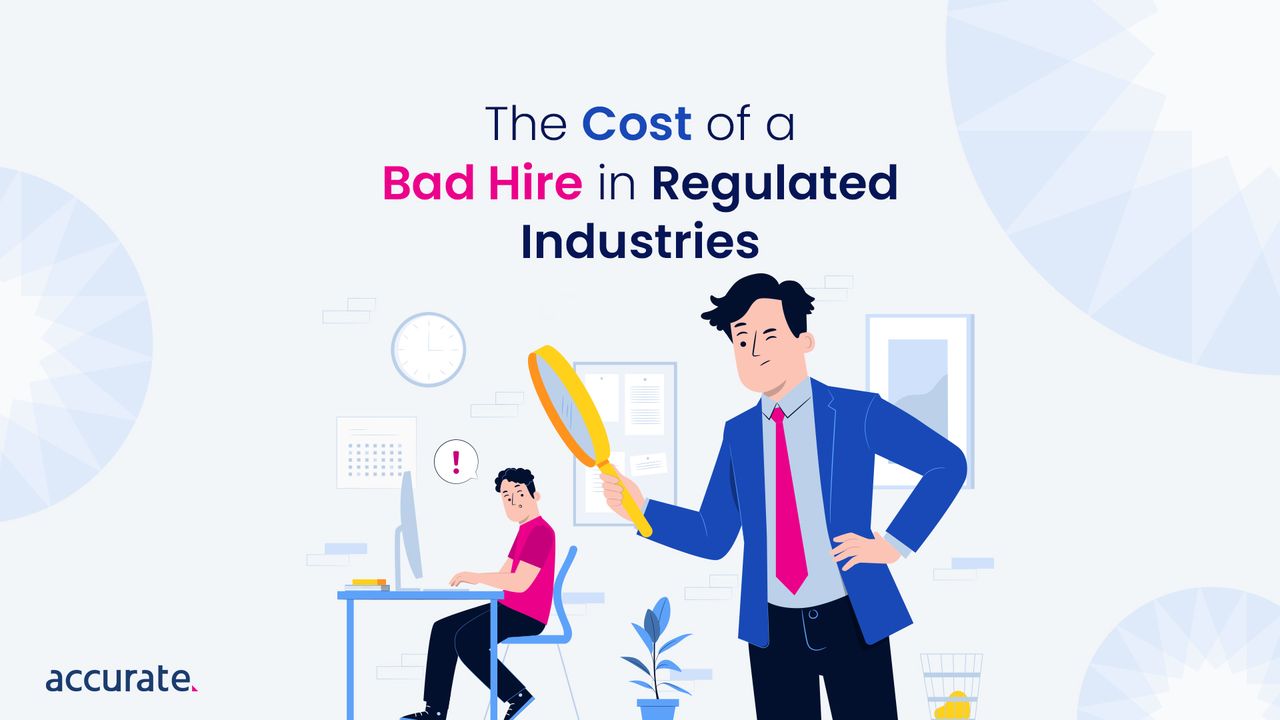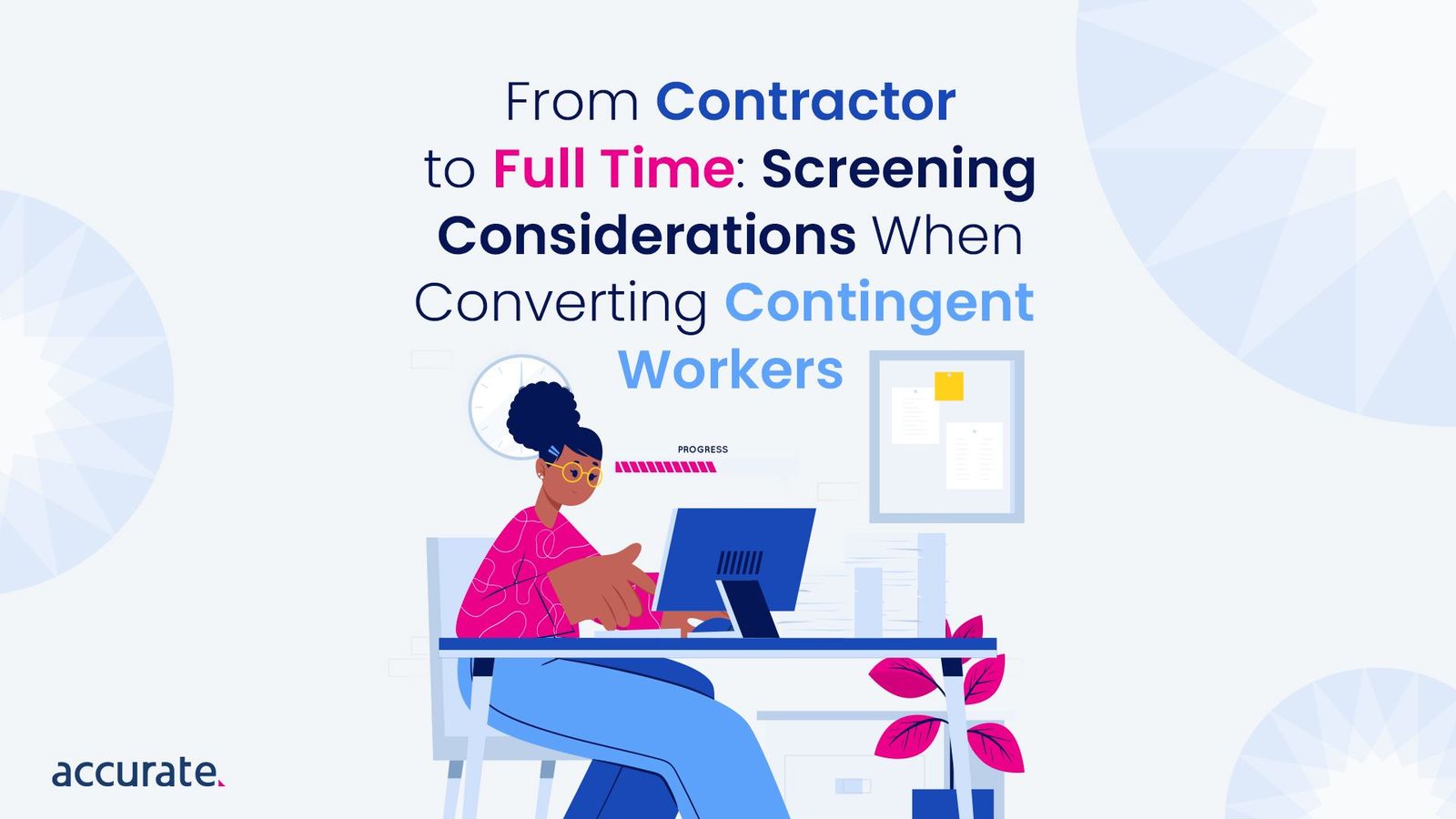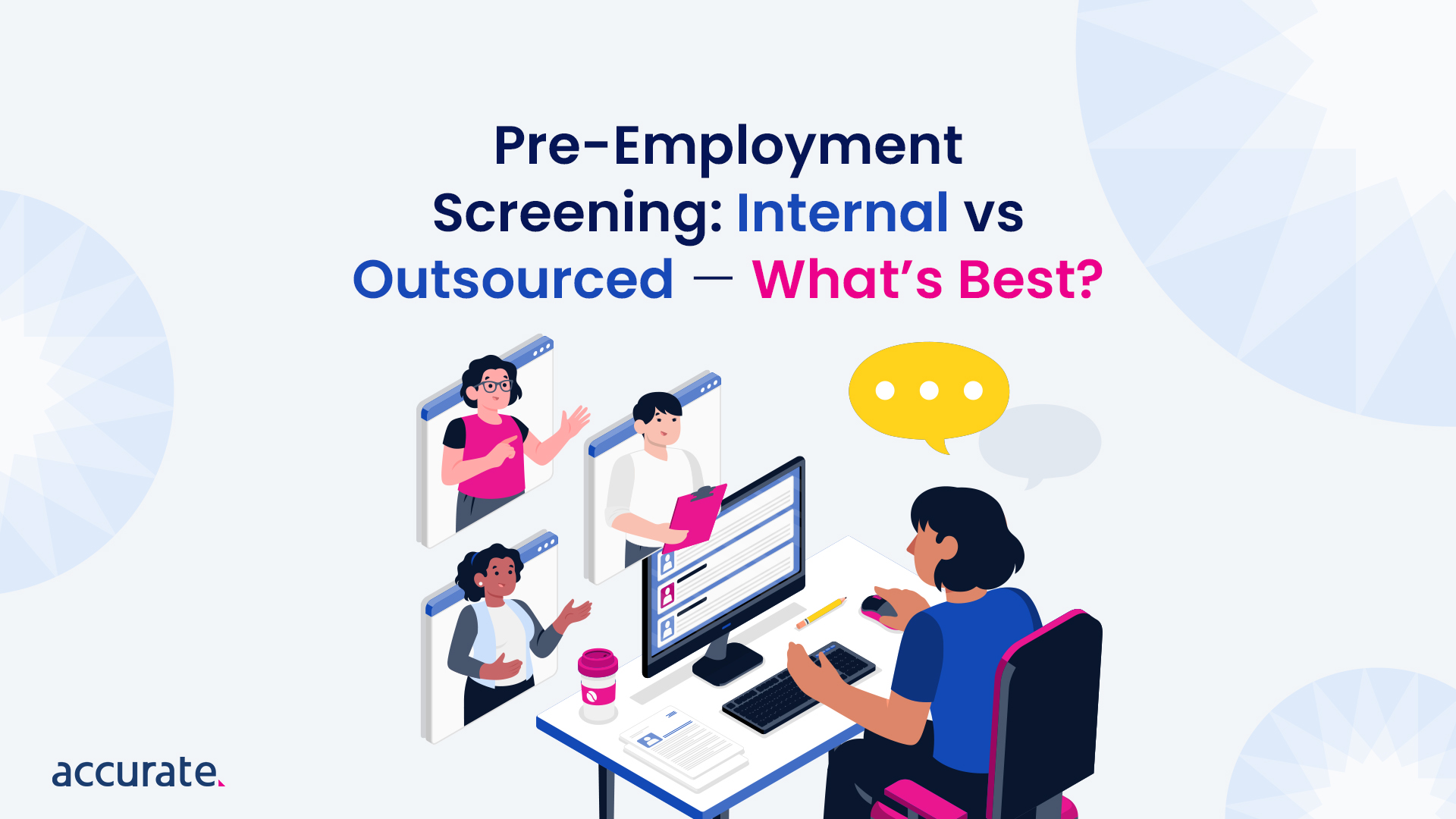When it comes to talent management, a lot of emphasis is placed on the onboarding process, and rightfully so. A well-executed onboarding program can significantly boost employee engagement, productivity, and loyalty.
Businesses dedicate a considerable amount of time and resources to perfecting these procedures, ensuring that every new recruit feels welcomed, equipped, and empowered to contribute to their new role from day one.
However, you must remember that employee journeys don’t just start with a warm welcome—they also end with a thoughtful goodbye. The process of offboarding, therefore, is just as valuable.
Unfortunately, this area often remains overlooked and underdeveloped in many organisations.
As important as it is to start on the right foot, ending on a positive note is equally important. An effective offboarding process can offer closure, maintain professional relationships, and even turn departing employees into lifelong advocates of your brand.
It also helps safeguard sensitive company information, ensuring a smooth handover and minimising disruptions to ongoing operations.
So, in this blog post, we’ll provide 10 practical tips to enhance your company’s offboarding process.
Tip 1: Communicate Clearly and Timely
The cornerstone of an effective offboarding process is clear and timely communication. From the moment a resignation is accepted, you must ensure that every stakeholder involved understands what’s happening, when, and why.
Begin by promptly notifying all relevant parties about the employee’s departure.
This includes not just their immediate team but also any other department or individual that may be affected. Ensuring everyone is on the same page will help minimise disruption and facilitate a smooth transition.
Next, establish a clear timeline for the offboarding process.
Outline key dates such as the employee’s last working day, deadlines for returning company property, and when final pay and benefits will be processed. It’s also helpful to schedule exit interviews well in advance, providing ample time for both parties to prepare.
Finally, clarify what steps the departing employee needs to take.
From completing paperwork to handing over responsibilities, make sure they know exactly what’s expected of them. A well-defined offboarding checklist can be invaluable here.
Remember, transparency and punctuality are key. A clear, timely communication strategy will ensure that all loose ends are tied up efficiently and amicably, setting the stage for a positive conclusion to the employee’s journey with your organisation.
Tip 2: Documentation
Ensuring that all necessary documentation is completed accurately and on time is paramount to protecting both the employee’s and the company’s interests.
Begin by confirming that documents like resignation letters and non-disclosure agreements are appropriately filled out and filed. These records serve as an official acknowledgement of the employee’s decision to depart and underline the confidentiality obligations that remain in effect post-departure.
Next, review and update employment contracts, including non-compete agreements and intellectual property clauses. In a rapidly evolving business landscape, it’s crucial to ensure these documents reflect current laws and company policies. This step safeguards your organisation from potential disputes and protects your proprietary information.
To streamline this process, provide the departing employee with a comprehensive offboarding checklist. This list should detail all tasks to be completed, from paperwork to handovers, ideally within a specified timeline.
Having this on hand helps eliminate confusion, ensures consistency, and gives the departing employee a clear understanding of what’s expected.
Tip 3: Knowledge Transfer and Succession Planning
When an employee leaves, their unique insights and experiences don’t have to walk out the door with them. Ensuring effective knowledge transfer and succession planning can help preserve invaluable institutional knowledge and set the stage for the seamless continuation of ongoing projects.
Firstly, encourage departing employees to document their work processes, ongoing projects, and any other relevant information that could be crucial for their successors. Taking this step aids in preserving valuable knowledge within the organisation, ensuring that work continues with minimal disruption.
Next, facilitate knowledge transfer sessions between the departing employee and their replacement or colleagues. A collaborative approach can be an excellent setting for questions and discussions, helping to clarify job responsibilities and work processes while fostering understanding and rapport.
Identify the critical skills and expertise needed for the role as early as possible. Having this understanding should guide the recruitment or internal transfer process, ensuring you find a suitable successor promptly.
Remember, a swift and efficient succession plan can significantly reduce downtime and maintain the productivity of the team and the larger organisation.
Tip 4: IT and Security Measures
Effective offboarding must incorporate stringent IT and security measures. These steps ensure the continued integrity and security of your organisation’s data and systems.
Immediately disable the departing employee’s access to company systems, networks, and confidential information. Collect all company-owned devices, like laptops, mobile phones, and access cards. This helps prevent any potential misuse or accidental breach of data.
Also, it’s a good opportunity to review and update access privileges for remaining employees, ensuring that only authorised personnel can access sensitive information.
Tip 5: Exit Interviews and Feedback
Exit interviews are invaluable for gaining insights into your organisation’s environment, providing a unique opportunity to glean honest insights from departing employees.
In a secure and confidential setting, these conversations can lead to candid feedback that, when considered thoughtfully, can drive meaningful improvements within your organisation.
The key lies in listening actively, analysing responsibly, and implementing changes that reflect the feedback. This continuous cycle of learning and enhancing is what keeps an organisation growing and evolving.
Tip 6: Employee Transition Support
Supporting your employees during their transition isn’t just good business practice—it’s a testament to your organisation’s values. Offering assistance, whether it’s with job searching, resume building, or networking, not only helps employees navigate their next steps but also reinforces their positive perception of your company.
And going a step further with outplacement services or career counselling can truly underscore your commitment to their ongoing professional growth.
Supporting your employees beyond their tenure will enhance your employer brand and strengthen your professional relationships.
Tip 7: Celebrate and Recognise Contributions
Offboarding should also be a celebration of the employee’s contributions. Organise a farewell event to express gratitude and highlight their accomplishments. A positive ending to their tenure is not only beneficial for them but is also a positive contributor to your team’s culture.
Offering well wishes for their future endeavours maintains a positive rapport, transforming departing employees into potential ambassadors for your brand. In essence, a heartfelt farewell becomes the final note in their professional symphony with your organisation.
Tip 8: Compliance with Legal and Regulatory Requirements
Navigating the complexities of local labour laws and regulations forms a crucial cornerstone of the offboarding process. Matters such as the return of company property or settling the dues related to unused vacation days and pensions necessitate careful attention to detail.
Respecting these legal mandates strengthens your organisation’s ethical standing and affirms your commitment to safeguarding employee rights.
Remember, compliance is always a lot easier to carry out when the onboarding process is efficient too. This includes running any necessary background checks on potential candidates.
Tip 9: Maintain Positive Relationships
Preserving ties with departing colleagues can yield rewarding connections in the long run. Create a space where current employees can keep the lines of communication open with those who’ve moved on, be it through professional networks or social media platforms.
For example, inviting former employees to alumni networking events or other engagement activities can bolster positive relationships. This sense of camaraderie and continued association lends strength to your organisation’s community, extending beyond current employees.
Additionally, an employee referral programme could turn your alumni into a reliable source of potential future candidates.
Tip 10: Continuous Improvement and Evaluation
The art of offboarding is a dynamic process, not a static one. Regular evaluation provides a compass, leveraging feedback and current best practices to guide necessary adjustments. It’s not about staying in one place but growing and adapting.
Consider employee satisfaction and operational efficiency as your litmus tests. They help reveal the health of your offboarding process, pointing to areas ripe for improvement.
There’s always a pathway to improvement, leading to streamlined procedures and judicious use of automation.
The reward? Enhanced efficiency, conserved time, and preserved resources.
Key Takeaways
The offboarding journey is just as significant as the onboarding one, with its own nuances and steps demanding thoughtful attention. From clear, timely communication to maintaining relationships post-departure, every step carries weight.
In embracing these principles, you’re not just bidding farewell to a team member; you’re also strengthening your organisational culture, enhancing security, and forging lasting professional relationships.



